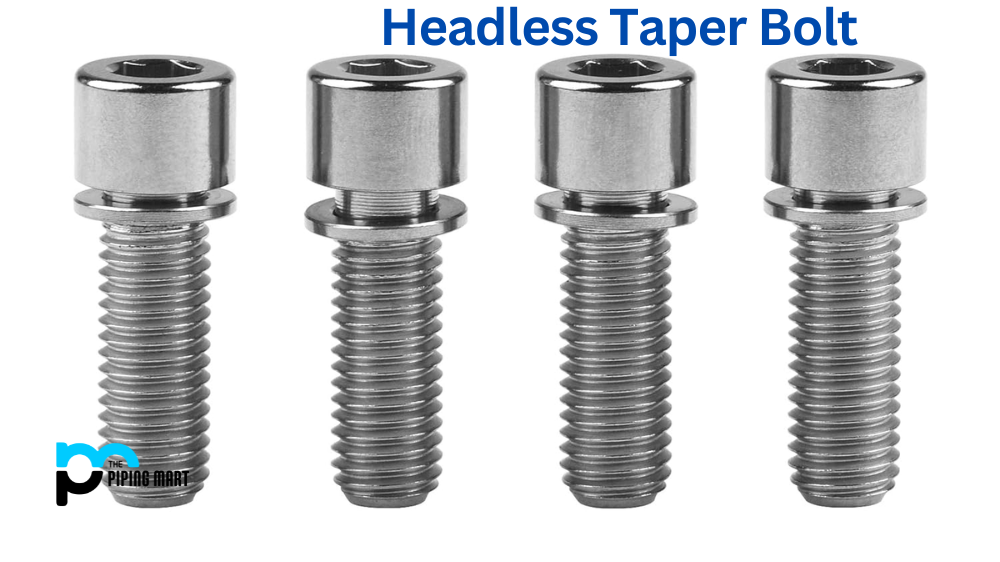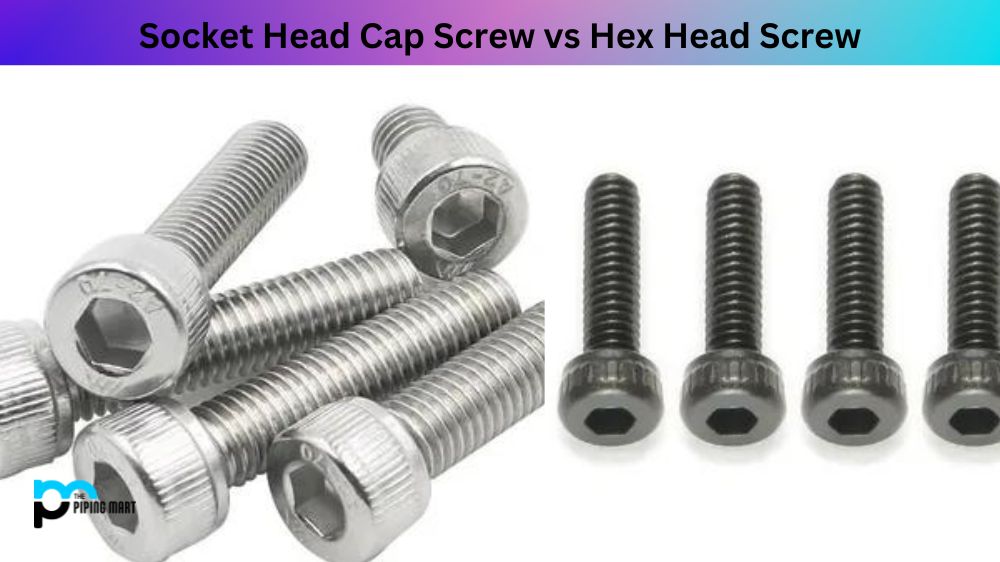Fasteners have a major role in various industries, including construction, manufacturing, automotive, etc. One of the commonly used fasteners is the headless taper bolt. Headless taper bolts are used for joint connections in applications requiring high strength and tight assembly. However, before you use headless taper bolts in your project, it’s important to understand their advantages and disadvantages. In this article, we’ll examine the pros and cons of using headless taper bolts.
What is a Headless Taper Bolt?
Headless Taper Bolts, also known as HTBs, are a type of fastener commonly used in manufacturing and construction industries. These bolts have a tapered shank on one end and a smooth cylindrical head on the other. The unique design of HTBs allows for easy installation and removal without damaging the threads.
One of the main advantages of using HTBs is their ability to distribute load more evenly compared to traditional bolts. This is due to the tapered shank, which creates a tight fit between the bolt and its corresponding hole. This eliminates potential movement or play within the joint, resulting in better structural integrity.
In addition to their superior load distribution capabilities, HTBs offer improved corrosion resistance thanks to their smooth head design. The absence of threads on the head reduces stress concentrations, making them less prone to cracking or breaking under heavy loads.
Understanding the Advantages and Disadvantages of Using a Headless Taper Bolt
Advantages of Headless Taper Bolt
Enhanced Strength:
Headless taper bolts have a significant advantage over other fasteners regarding strength. They can handle high stress and tension without breaking, offering a reliable and long-lasting solution for joint connections.
Easy to Install:
Unlike traditional bolts, headless taper bolts do not have a head. They are inserted through a pre-drilled hole and tightened with a nut on the other side. This makes them a favorable option for tight spaces and joint connections.
High-Precision Joint Assembly:
Headless taper bolts provide a precise joint assembly with high accuracy levels. This minimizes any chances of error that may occur during traditional bolt assembly processes.
Cost Effective:
Headless taper bolts offer an affordable solution for joint connections. Their reliability and long-lasting features mean they won’t need replacing as frequently as other fasteners.
Disadvantages of Headless Taper Bolt
Specific installation tools required:
Installing headless taper bolts requires special tools, such as a taper reamer and a countersink drill. These are necessary for their installation to prove quite easy.
Reduced Visual Appeal:
Traditional bolts have a head that may add to the visual appeal of the fastener. With headless taper bolts, the lack of a head can give an unfinished look to the joint connection.
Limited Load Capacity:
Although headless taper bolts offer enhanced strength, there are better fasteners for heavy-load applications. Headless taper bolts may not be the best option when there may be better options than e load bearing capacity:
Similarly, to other fasteners, headless taper bolts are susceptible to corrosion. This can affect the durability and reliability of the fastener over time.
Conclusion:
Headless taper bolts provide practical solutions for many joint connection applications due to their high strength, accurate assembly and affordability. However, their installation process can require special tools, and they may be better for applications that require a high load-bearing capacity. Selecting the correct fastener for your application and considering its strengths and weaknesses is essential. Carefully weighing the advantages and disadvantages will ensure you choose the best option for your intended use.

A passionate metal industry expert and blogger. With over 5 years of experience in the field, Palak brings a wealth of knowledge and insight to her writing. Whether discussing the latest trends in the metal industry or sharing tips, she is dedicated to helping others succeed in the metal industry.




